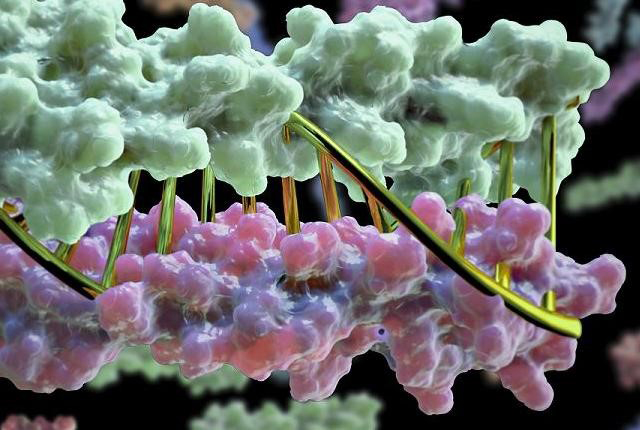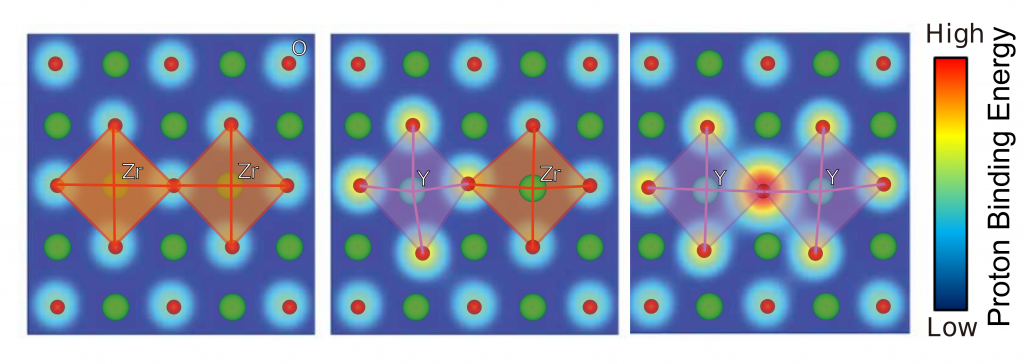
Physicists Uncover the Secret Behind the Behavior of Unique Superconducting Materials
Physicists use the Summit supercomputer to better understand a family of superconductors.

Physicists use the Summit supercomputer to better understand a family of superconductors.

A team using the nation’s fastest supercomputer to look at protein binding finds that some binding processes are simpler than expected.

Interactions of quantum “quasiparticles” demonstrate unusual fluid flow.

Multi-institutional team provides a foundation for unraveling the mysteries of magnetic materials.

Indirect encoding of neural network components creates a pathway to complex applications for neural networks.

3D Coded SUMMA replaces traditional fault tolerances methods with coded computation-based matrix multiplication


X-ray scattering measures the positions of atoms as they vibrate in a two-dimensional cover sheet.

Scientists reveal oxygen’s hidden talent for filling atomic gaps in 2D semiconductors and the surprising role of electron spin in electronic conductivity

Forming a staircase in the edge of the plasmas can boost the performance of a fusion reactor

Using advanced computing, scientists designed protein pairs that perfectly complement each other

Researchers determine how to design better materials for energy storage.
Signup for the Office of Science’s GovDelivery email service, and check the box for the Advanced Scientific Computing Research Program in your subscriber preferences.
Subscribe